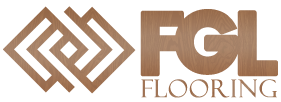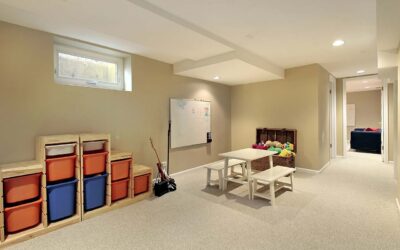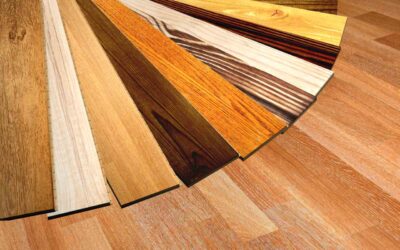If you are planning to install new flooring for your home, you should know the common flooring installation mistakes to avoid to ensure that it will last longer. Aside from that, avoiding floor installation mistakes will keep your floor looking great and comfortable underfoot. Proper floor installation will also increase the value of your home. It is possible to install many types of hardwood floors on your own; However, homeowners are likely to encounter a number of flooring installation errors during the process.
1. Subfloors Are Not Prepared
The condition of your subfloor will have a direct effect on the quality of your hardwood floors. Therefore, it is a common mistake to avoid when installing flooring because a poorly prepared subfloor can cause a variety of problems, including loose boards and loud creaking sounds. As a result of these problems, you may need to replace certain wood planks or deal with floors that are cracked or warped over time.
2. Humidity Levels Are Not Controlled
Wooden floors are directly affected by humidity. Wood planks shrink when conditions are dry. Wood floors expand when there is moisture. Problems are more likely to arise over time when boards are installed at either end.
If wood floors are installed during a dry winter, they will be thicker and contracted, but if the weather warms and becomes more humid, the boards will expand and crack as a result of the increased pressure. In contrast, wood floors that were installed during hot, humid periods are already expanding. As the weather becomes colder and drier during the winter, the floor shrinks, leaving homeowners gaps between them.
3. Lazy Designs
You should keep in mind that even if the corners of your house appear to be right angles, your rooms are probably not perfectly square. Installing hardwood floors too quickly can cause the planks to look strange in certain areas or require odd angles to fit.
It’s particularly noticeable if you have a poor layout, as the wood planks create long lines on the floor. Before beginning the installation process, you must obtain very accurate measurements of the floors you will be covering. Having planned all your work in advance will allow you to identify potential problems before they become a problem.
4. Taking the bad transfer route
When it comes to hardwood floors, “shelving” simply refers to the order in which the boards will be installed. Placing shelves on a hardwood floor ensures a smooth installation process while also ensuring an attractive appearance once everything has been installed. If you don’t lay the wood planks or rush the process, you may end up with a floor that has several joints clustered in one area or difficult location of different lengths, grain patterns, or wood tones.
5. Not Nailing Enough
During the installation process, you may think that your plates are firmly in place. However, you’ll want to make sure each board is installed correctly with enough fasteners to prevent loose boards from creaking in the future. Make sure all parts are securely fastened by installing the boards snugly. Additionally, it’s important to take your time with the project, as rushing can cause you to forget to nail each board in the proper position.




0 Comments